Yoko Ono and John Lennon, WAR IS OVER! IF YOU WANT IT, 1969. Billboard installed in Times Square, New York. Photo courtesy of Lenono Photo Archive, New York.
Take a Look Inside The List Center Archive
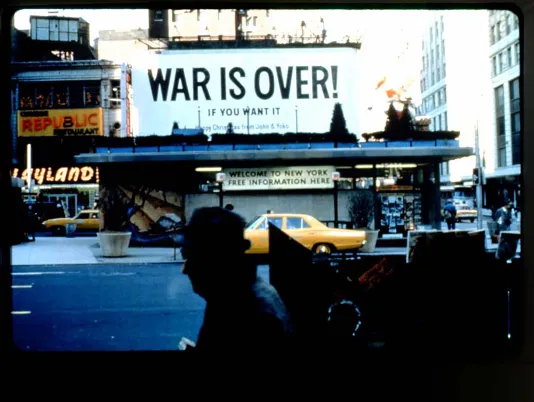
Remember these?
This is a portion of our audiovisual collection which is being digitized for the first time. It comprises roughly 182 audiocassettes, MiniDV and VHS tapes. These range from audiocassettes of artist talks with Marina Abramovic and Ulay in 1986, and a press conference with Yoko Ono in 2001 as well as interviews with Nancy Spero and Leon Golub. We also have VHS tapes of Paul Pfeiffer in Bartos Theater in 2003, the Wasserman Forum in 1993, and a WBZ TV News segment on the 1992 exhibition Corporal Politics. There are also several tapes depicting gallery walkthroughs, discussion panels, lectures, and installation documentation.
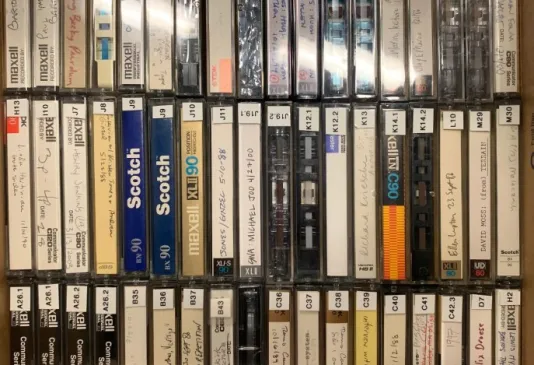
What’s inside every museum archive?
In addition to letters, postcards, and press releases, the archive also contains many press clippings and articles. These articles are from mostly MIT student newspapers like MIT Tech Talk, MIT The Tech and local newspapers such as Boston Globe, Boston Herald, Boston Phoenix, as well as other national publications.
While this clipping isn’t part of any particular exhibition, it shows just one of the many interesting documents and news articles highlighting the List Center and public art at MIT. This is a full-page graphic spread of Calder’s public art piece, La Grande Voile (The Big Sail) (1965), from May 30, 1987 in the Boston Globe.
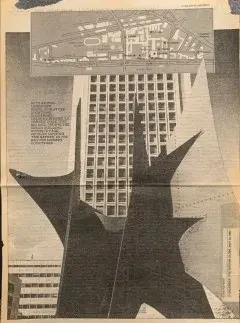
Letter in support of Marina & Ulay’s Terminal Garden, 1986
This is a unique letter from Jerome Wiesner to curator Dana Friis-Hansen congratulating the List on receiving funding from the Committee on the Visual Arts to support the production of Terminal Garden, a project created by Marina Abramovic and Ulay during their residency at the List in 1986. Terminal Garden (1986, 22:30 minutes), takes its name from the student slang used in MIT’s Media Lab. In this work, the artists combined images of children at computers with a computer-synthesized voice “speaking” phrases adopted by the artists from American television and magazine advertising and 17th-century Hindu lyrics.
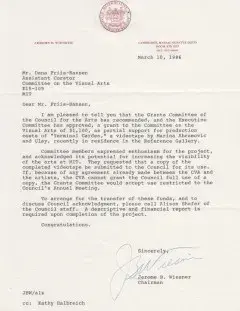
19 Projects: Artists-in-Residence at the MIT List Visual Arts Center, 1996
This beautifully designed catalog documents the projects undertaken between 1985 and 1993 as part of the LVAC’s Artist-In-Residence program. Over the course of ten years, nineteen artists came to the List Visual Arts Center for periods of time ranging from two weeks to several months and were invited to make a new work and to push their research and creativity in new directions. Artists include Victor Burgin, Betye Saar, Marina Abramovic, Ann Hamilton, May Sun and Robert Cumming amongst others. The catalog includes brief introductory essays and an in-depth interview with each artist in addition to photo documentation and biographical information.
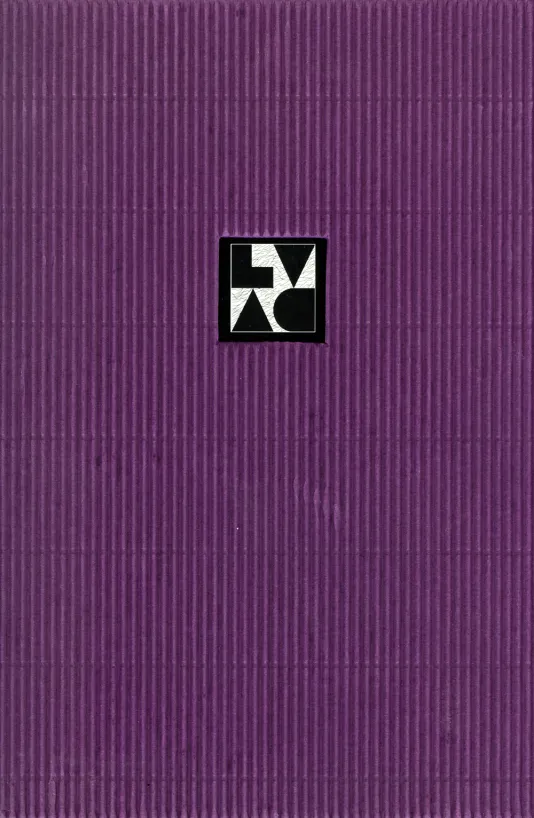
Leon Golub and Nancy Spero: War and Memory, 1994
Leon Golub and Nancy Spero, who were both artistic and marital partners, created bodies of work that explore themes of power and vulnerability. Golub’s monumental canvases, with their looming figures and lacerated surfaces thrust themselves toward the viewer, while Spero’s more delicate works on paper, episodic and ephemeral, infiltrate the spectator’s awareness more surreptitiously. War and Memory, a joint retrospective, was the first major exhibition to survey their strangely interdependent symmetry. This catalogue includes an overview of their work as well as an essay by curators Katy Kline and Helaine Posner.
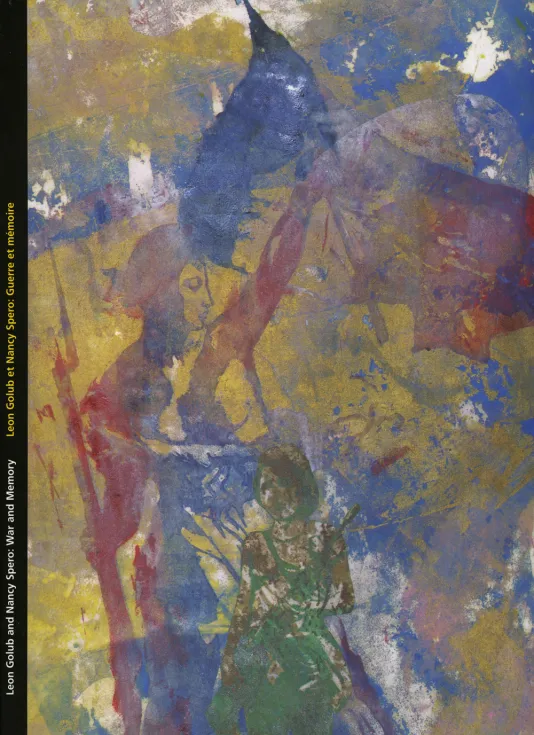
YES YOKO ONO
October 18, 2001 - January 6, 2002
YES YOKO ONO was the artist’s first American retrospective. During the exhibition, she gave a performance and artist talk in MIT’s Bartos Theater. The exhibition was organized by the Japan Society and featured approximately 150 works from the 1960s to 2001. This show had a focus on Ono’s early period, and included objects and installations; language works, such as instruction pieces and scores; film and video; music; and performance art. This is a snapshot from her performance.
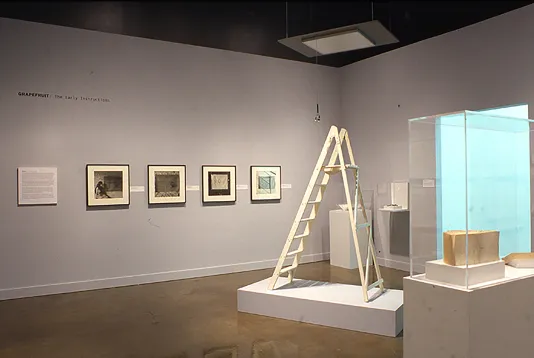
The Masculine Masquerade: Masculinity and Representation
January 21, 1995 - March 26, 1995
This thematic exhibition, co-curated by Helaine Posner and Andrew Perchuk, explored the social construction of masculinity through the works of eleven artists, including Matthew Barney, Tina Barney, Clegg and Guttman, Graham Durward, Lyle Ashton Harris, Dale Kistemaker, Mary Kelly, Donald Moffett, Keith Piper, Charles Ray, and Michael Yue Tong.
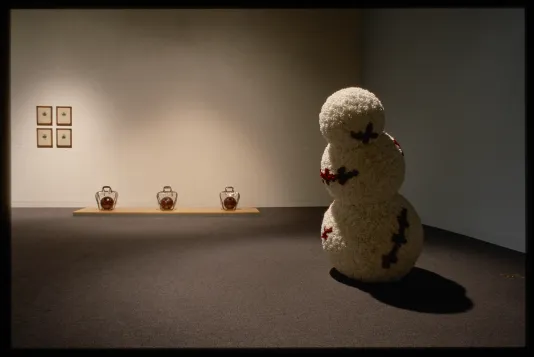
L.A. Hot and Cool: The Eighties
December 19, 1987 - February 7, 1988
This exhibition presented an amalgamation of painting, sculpture, photography, and environmental installations by twenty-three young artists whose work had been seen rarely, if at all, outside of California during that time. The focus was on the interaction of two distinct traditions and temperaments in LA art: the hot factor characterizes work that is emotional or idiosyncratically personal, passionate, and/or aggressive; while the cool end is more distanced, intellectual, and/or ironic. Oftentimes these polarizations will create a tension within a single work.
